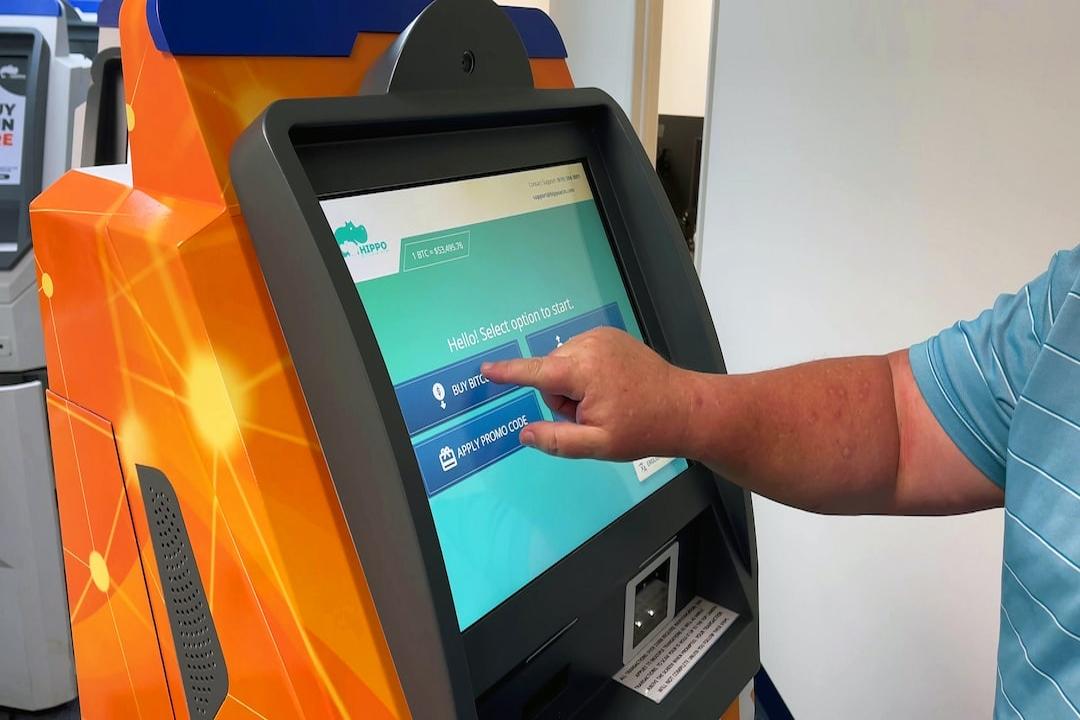CoinTime News Report:
Source: PermaDAO
The AI on AO conference introduced three important technological breakthroughs: Web Assembly 64-bit support, WeaveDrive technology, and the integration of the Llama.cpp large language model inference engine. Additionally, two projects were highlighted: LlaMA Land and Apus Network. Let’s dive into all the details together.
On June 20th, the AI on AO conference concluded successfully. During this event, the AO Protocol showcased three significant technological updates, marking a milestone where smart contracts can run large language models in a decentralized environment, representing an exciting technological breakthrough.
Specifically, the key AI technological breakthroughs by AO include the following aspects:
Web Assembly 64-bit support: Developers can now create applications with over 4GB of memory, with Web Assembly 64-bit theoretically supporting up to 16 exabytes (approximately 17 billion GB) of memory. Currently, AO can execute 16GB models, meaning AO’s current 16GB memory level is sufficient to run almost all models in the AI field. The expansion of memory capacity not only enhances application performance but also promotes development flexibility and technological innovation.
WeaveDrive technology: This technology simplifies how developers access and manage data, enabling them to access Arweave data like a local hard drive and efficiently stream data to the execution environment, speeding up development and application performance.
Integration of the Llama.cpp large language model inference engine: By porting the Llama.cpp system, AO now supports running various open-source large language models directly within smart contracts, such as Llama 3 and GPT-2. This means smart contracts can utilize advanced language models for complex data processing and decision-making (including financial decisions), significantly expanding the functionalities of decentralized applications.
These three significant technological breakthroughs provide developers with more room to build AI applications on AO. As an example, a new AI-driven project called Llama Land was specially introduced during the conference. Additionally, there’s another decentralized GPU network project called Apus Network that will provide the most cost-effective AI model execution environment on AO in the future.
Llama Land:
Llama Land is a large-scale online multiplayer game built on AO, creating a virtual world entirely driven by AI (Llama 3 model) for users. Within Llama Land, there’s a system called Llama Fed, similar to the Federal Reserve but operated by the Llama model, responsible for monetary policy and minting Llama tokens.
Users can request Llama tokens by providing Arweave tokens (wAR). Llama Fed autonomously decides whether to grant tokens based on the quality of the request (e.g., whether the project/proposal is interesting or valuable), with no human intervention throughout the process.
Currently, Llama Land is not fully open to the public. Interested users can visit its website and join the waitlist to be among the first to experience it.
Apus Network:
Apus Network is a decentralized, permissionless GPU network leveraging Arweave’s permanent storage and AO’s scalability. Through economic incentive mechanisms, it provides a deterministic GPU execution environment for AI models. Specifically, Apus Network offers an efficient, secure, and cost-effective computing environment for AI applications on AO, further driving the development of decentralized AI.
The Apus Network project recently updated its website content to enhance the user experience. Development is ongoing for model evaluation and fine-tuning capabilities, with incremental progress achieved. In the future, Apus Network plans to support the AO ecosystem wallet and complete relevant development and testing in the Playground. Additionally, it will expand and implement model evaluation functionality on the AO platform to further enhance its application capabilities and performance.
In conclusion, the AI on AO conference not only demonstrated AO’s ability to host various advanced AI models but also significantly propelled the development of decentralized AI applications. As an example project following these technological upgrades, Llama Land showcased the prototype of an autonomous AI agent application. With the advancement of AI applications, the AO ecosystem will introduce more GPU resources to accelerate the execution speed of large language models. Apus Network stands as the first decentralized GPU network to integrate with AO.
In the future, AO will increase memory limits based on demand to support running even larger-scale AI models. Additionally, AO will continue exploring the possibilities of building autonomous AI agents to further expand the applications of decentralized finance and smart contracts.

